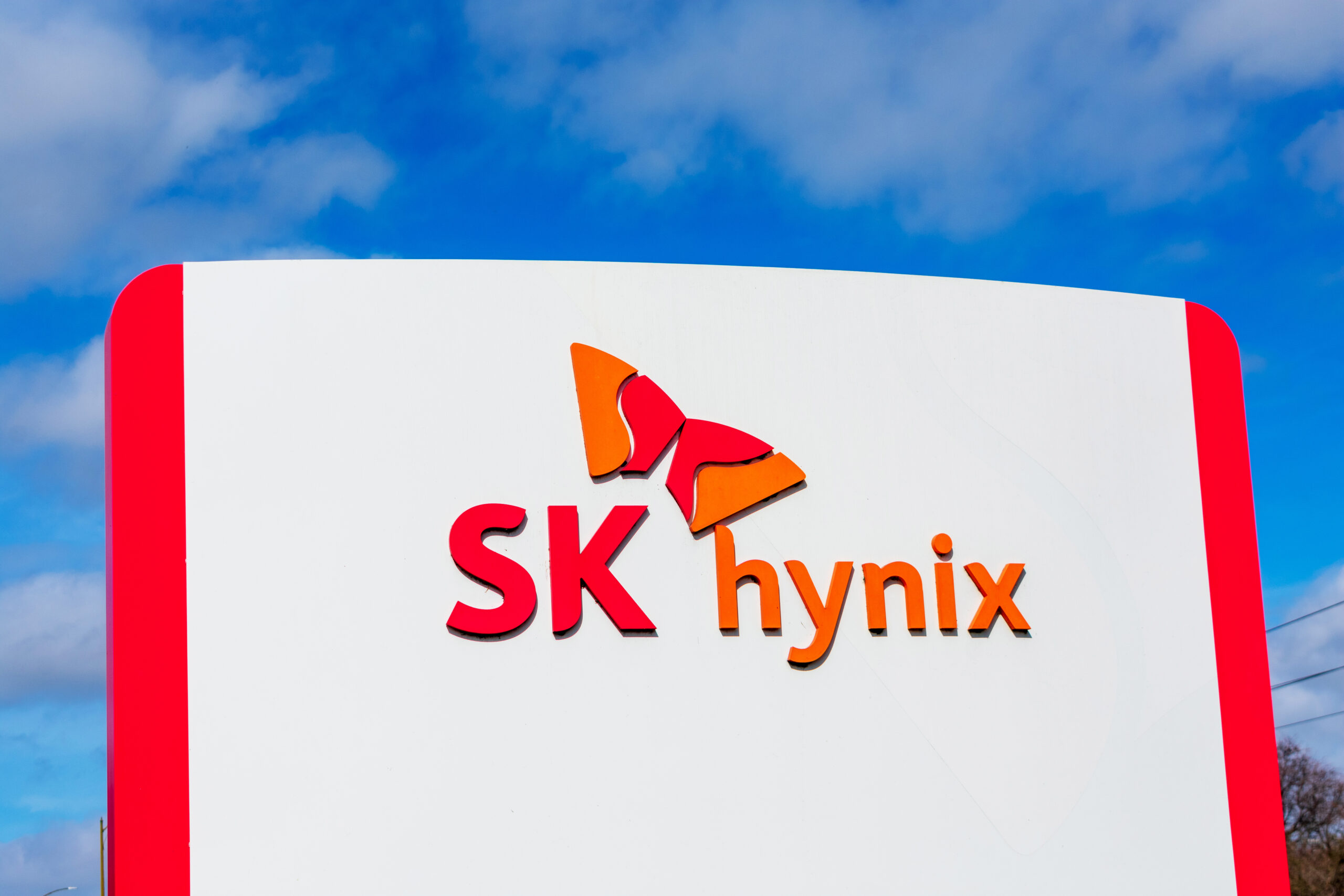EU Enacts Stringent AML Measures in the Crypto Sector

Key Insights:
- EU broadens AML laws to crypto, targeting transactions over €1,000 and intensifying scrutiny on digital asset companies.
- New EU rules empower the Financial Intelligence Unit, focusing on cross-border crypto transactions and high-net-worth individual activities.
- Crypto firms face revised EU guidelines, emphasizing risk assessments and using blockchain analytics tools to combat financial crimes.
In a decisive move, the European Union has broadened the scope of its Anti-Money Laundering (AML) and Counter-Terrorist Financing laws to encompass the burgeoning cryptocurrency market. This action is a significant leap in the EU’s ongoing efforts to regulate digital assets, aiming to align them with the stringent oversight typical of traditional financial sectors.
Comprehensive Inclusion of Crypto in AML Regulations
The updated AML regulations require cryptocurrency service providers to implement rigorous identity checks on their customers, echoing the procedures followed by conventional banks. These firms are now mandated to monitor and report transactions exceeding €1,000, marking a proactive step towards curbing illicit activities. In addition, the regulations encompass measures to mitigate risks associated with self-hosted wallets, a feature unique to the digital asset domain.
An integral aspect of these regulations is the heightened monitoring of cross-border crypto-assets transactions. This aspect of the law focuses on scrutinizing the dealings of high-net-worth individuals in the crypto space, ensuring that their transactions are transparent and compliant with AML standards.
Additionally, the EU has empowered its Financial Intelligence Unit (FIU) to access vital financial and administrative information, such as tax records, frozen assets, and details of cryptocurrency transfers. This enhancement aims to facilitate quicker and more efficient identification of financial anomalies.
Uniform Application Across EU Member States
The new AML provisions are part of the Markets in Crypto-Assets (MiCA) package, a comprehensive set of proposals initially put forward on July 20, 2021. These regulations, pending formal adoption by the European Parliament and member states, are set to create a harmonized regulatory environment for crypto-assets across the EU. The overarching goal is strengthening the EU’s mechanisms for combating money laundering and terrorism financing.
Concurrent with these developments, the European Banking Authority (EBA) has revised its guidelines to include crypto companies under its anti-money laundering umbrella. This extension signifies a recognition of the growing prominence of cryptocurrencies in the financial sector and the accompanying need for regulatory oversight. Crypto companies in the EU are now required to assess the likelihood of financial crimes, considering not just their clientele but also the nature of the products they offer, their delivery mechanisms, and their geographic locations.
The EBA’s guidelines obligate crypto firms to adapt their financial crime-fighting measures to address the unique risks the cryptocurrency market presents. These measures could involve deploying blockchain analytics tools to track transactions and identify suspicious patterns. The guidelines also emphasize the need for crypto firms to be vigilant about features that enhance anonymity, the use of self-hosted wallets, decentralized platforms, and products that facilitate transfers to and from such services.
Upcoming Crypto Investor Protections
Looking ahead, the EU is gearing up to implement its comprehensive Transfer of Funds Regulation (ToFR) governing crypto transfers alongside the MiCA regulations. These investor protection measures are expected to come into effect in December, with an optional transitional period of 18 months for Crypto Asset Service Providers (CASPs), allowing them a grace period to adjust to the new regulatory environment.
The EU’s expansion of AML regulations to include the cryptocurrency sector marks a pivotal shift in the regulatory landscape. By bringing digital assets under similar scrutiny as traditional financial instruments, the EU aims to safeguard the financial system from money laundering and terrorism financing risks. These measures, reflecting a balance between innovation and regulatory compliance, are poised to shape the future of the European cryptocurrency market.
Tokenhell produces content exposure for over 5,000 crypto companies and you can be one of them too! Contact at info@tokenhell.com if you have any questions. Cryptocurrencies are highly volatile, conduct your own research before making any investment decisions. Some of the posts on this website are guest posts or paid posts that are not written by Tokenhell authors (namely Crypto Cable , Sponsored Articles and Press Release content) and the views expressed in these types of posts do not reflect the views of this website. Tokenhell is not responsible for the content, accuracy, quality, advertising, products or any other content or banners (ad space) posted on the site. Read full terms and conditions / disclaimer.




